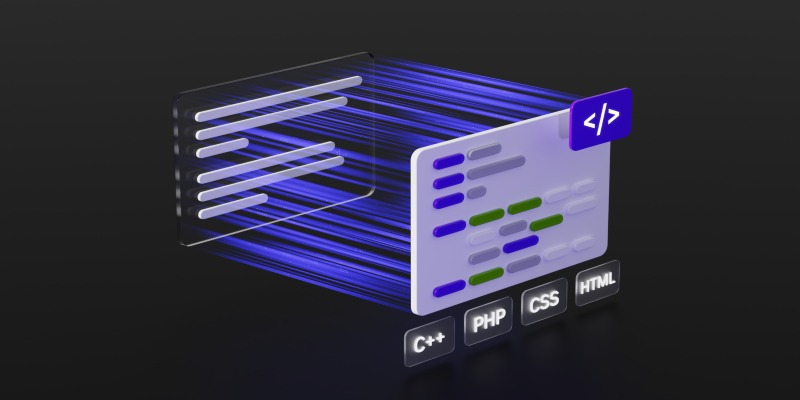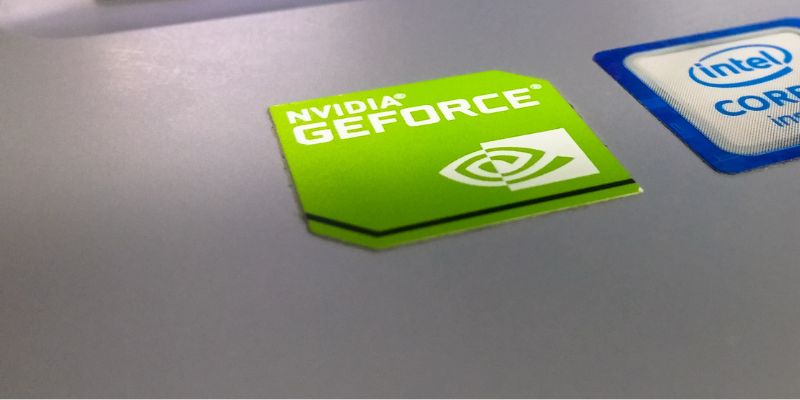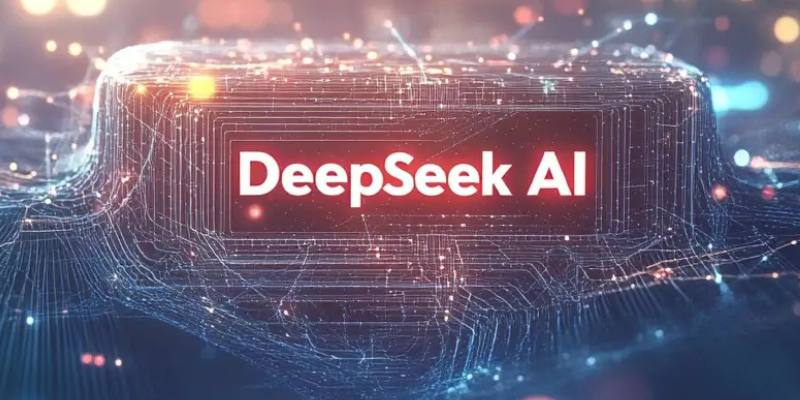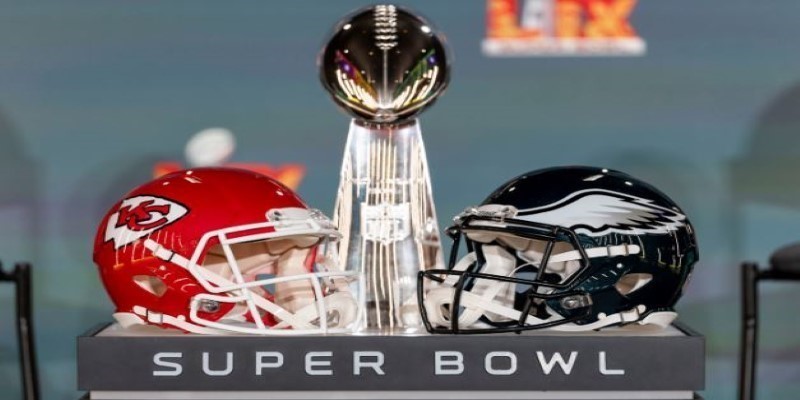Advertisement
You can write something entirely on your own, pass it through an AI content checker, and still get flagged. That's not rare—it happens often. Some people lose clients. Others face school discipline. And all of it is based on software that guesses, not proves, whether a human wrote something. The trust in these tools is growing, but their accuracy hasn't.
They don't read the meaning. They don't analyze context. They scan for patterns and make assumptions. AI content detectors don't work the way people think they do, and when they fail, the fallout lands on real humans.
Most AI content detectors rely on scoring text for "perplexity" and "burstiness." In simple terms, they check how predictable or repetitive your writing is. If your language sounds too polished or follows expected patterns, you're marked as suspicious. But what's wrong with writing clean, clear sentences? That's exactly what schools and employers ask for. When humans do that well, detectors confuse them with machines.
Generative AI tools like ChatGPT are designed to mimic human writing. And sometimes, people naturally write like that too, especially those trained to be concise or professional. So these detectors flag both. They don't compare your work to known AI outputs or track edits over time. They just analyze word flow and make a guess.
What makes it worse is how opaque these tools are. You don’t get to see how they arrived at their decision. They might say a text is “90% likely AI-generated” but never explain why. This makes it impossible to defend your work if you're wrongly flagged.
And they’re not accurate. A person using a grammar tool or rewriting clunky phrases might still get flagged. Meanwhile, AI-written content with complex wording might pass. There’s no reliable standard.
When AI content detectors get it wrong, the damage isn't minor. It creates real consequences for students, freelancers, journalists, and anyone writing online. A student flagged for using AI could be accused of academic dishonesty, even if they wrote the paper themselves. A freelancer might lose a contract when a client sees a red flag in a report. These outcomes come from false positives, and they're far more common than the companies behind these detectors admit.

A major problem is how blindly institutions trust these tools. Schools, hiring managers, and clients use them like lie detectors. But lie detectors aren't admissible in court for a reason: they aren't reliable. The same goes for these AI tools.
Plagiarism detection tools look for direct matches between texts. That’s very different from guessing how “AI-like” a sentence sounds. AI content detectors don’t check for copying. They just measure style. That means a well-structured human-written essay could still fail their test. When people get punished based on that, it becomes less about protecting integrity and more about poor automation.
We’ve already seen real backlash. Some universities have walked back their use of these tools after public complaints. Others quietly stopped using detection reports for final decisions. But the damage lingers. Writers are still afraid their work might be flagged, even when it’s genuine.
Generative AI is changing how people write, but not in the way most assume. Writers aren’t just copy-pasting entire articles from AI tools. Many use them to get started, clean up grammar, or organize points. The end product is often a blend—part human, part machine-assisted.
But AI content detectors don’t know how to handle that. They treat it as all-or-nothing. If your writing has too many “machine-like” traits, it gets flagged. But modern writing doesn’t fit into that old framework anymore. Writers use tools. Editors polish drafts. Students rewrite with feedback. None of this is dishonest.
Still, these detection tools frame it that way. They assume AI use means cheating. But what if a student used AI to brainstorm a few ideas and then wrote the entire thing alone? What if a journalist used it to rewrite a complex sentence? The tools don't care. They just analyze and judge.
We need to accept that writing isn’t just pen-on-paper anymore. It’s layered. People use suggestions, feedback, and yes, sometimes even generative AI, to improve. But the thinking, structure, and ideas still come from them. The detectors ignore that. They treat the output as all that matters.
AI content detectors aren’t going away, but they shouldn’t be treated as final judges. If used at all, they should be one input among many. Educators could ask students to include revision drafts or explain their writing process. Employers could request sample edits or chat about how a piece was written. These steps take time, but they work better than trusting a score from a broken system.

If detection tools are used, they should be transparent. The report should show why a sentence got flagged. Was it a certain phrase? Was it formatting? Without this, the report is just a number, and numbers don't tell full stories.
More importantly, people in charge—teachers, editors, managers—need to trust people more than software. Writing isn’t binary. It’s not either AI or not. It’s layered, personal, and often messy. Machines can’t always sort that out, and that’s okay.
We should focus less on sounding different from AI and more on being honest in how we write. Asking writers to intentionally “sound human” just to pass a test makes no sense. It hurts creativity. It teaches people to write weirdly just to escape false positives.
AI content detectors fail more often than they succeed. They misjudge real work, offer no clarity, and can cause serious harm. Writers, students, and professionals are being flagged unfairly, all based on vague scores. These tools aren’t reliable enough to make important decisions. Writing today is a mix of human effort and tool support, and it deserves human review. Until better systems exist, we need to stop relying on flawed detection and start trusting real people instead.
Advertisement

What makes StarCoder2 and The Stack v2 different from other models? They're built with transparency, balanced performance, and practical use in mind—without hiding how they work

Discover how Nvidia's latest AI platform enhances cloud GPU performance with energy-efficient computing.

Find the top eight DeepSeek AI prompts that can accelerate your branding, content creation, and digital marketing results.

IBM Plans $150B Technology Investment in US, focusing on semiconductors, AI, quantum computing, and workforce development to strengthen innovation and create jobs nationwide
Advertisement

How the Philadelphia Eagles Super Bowl win was accurately predicted by AI, showcasing the growing role of data-driven analysis in sports outcomes

Open models give freedom—but they need guardrails. Constitutional AI helps LLMs reason through behavior using written principles, not just pattern-matching or rigid filters

PaLM 2 is reshaping Bard AI with better reasoning, faster response times, multilingual support, and safer content. See how this powerful model enhances Google's AI tool

Find how AI is reshaping ROI. Explore seven powerful ways to boost your investment strategy and achieve smarter returns.
Advertisement

Discover 7 Claude AI prompts designed to help solo entrepreneurs work smarter, save time, and grow their businesses fast.

How the Bamba: Inference-Efficient Hybrid Mamba2 Model improves AI performance by reducing resource demands while maintaining high accuracy and speed using the Mamba2 framework

How Amazon S3 works, its storage classes, features, and benefits. Discover why this cloud storage solution is trusted for secure, scalable data management

Rockwell Automation introduced its AI-powered digital twins at Hannover Messe 2025, offering real-time, adaptive virtual models to improve manufacturing efficiency and reliability across industries